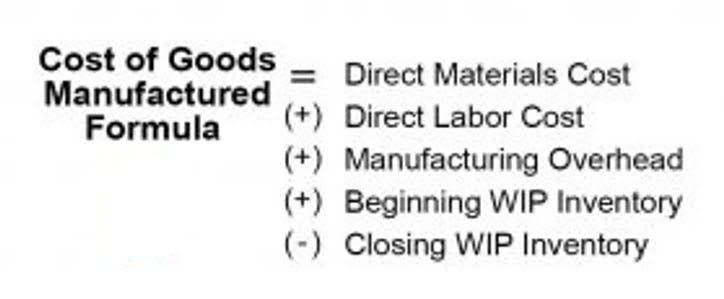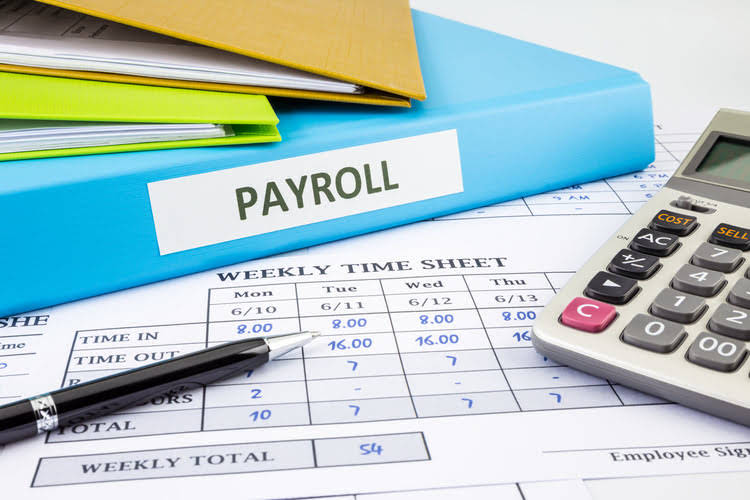
It shows how much money a company makes after subtracting the expenses of items sold from revenue. Additionally, you can use gross margin alongside other metrics, such as net margin or even operating margin, for a more comprehensive financial overview. The gross margin is an important and widely used financial analysis ratio. These produce or sell goods and services that are always in demand, like food and beverages, household products, and personal care products. Another way to interpret a gross margin number is to compare it to the sector average and top competitors during the same period, such as annually or quarterly. One way to interpret a company’s gross margin is to compare it to previous calculations and see how it’s trending over time.
How To Calculate Gross Profit Margin
They will tell you the same basic relationship of revenues to costs but expressed in different ways. Banks and investors may ask to see net profits to demonstrate that your company can successfully generate a profit after all costs are accounted for. Having said that, you can use a scale of how a business is doing based on its profit margin.
What is Gross Profit Margin?

It’s an important profitability measure that looks at a company’s gross profit as compared to its revenue. Generally put, a higher gross profit margin is perceived positively in practically all industries, since the potential for higher operating margins and net profit margins increases. Segment gross profit in fiscal 2024 was $150 million, a 12% increase from the prior year. Adjusted gross profit was $151 million, an increase of 13% from the prior year. Gross margin was 22.1%, a 170-basis point increase from the prior year, and adjusted gross margin was 22.2%, a 180-basis point increase from the prior year.
Income Statement Assumptions

Let’s say that two restaurants have each raised $1 million by issuing stock to investors. When you think of free cash flow, consider the cash inflows you don’t have to use for a particular purpose. You have the flexibility to use the cash for any purpose, which is why free cash flow is so valuable.
Impact on profit
Labour costs are a function of the hourly rate paid and the number of hours worked. And it’s tied closely to current economic conditions and the unemployment rate. If the economy is growing, you may need to pay a higher hourly rate to attract qualified workers. This comparison allows businesses to benchmark their performance, identifying if they are gross margin accounting leaders, laggards, or somewhere in between. A financial professional will offer guidance based on the information provided and offer a no-obligation call to better understand your situation. Our writing and editorial staff are a team of experts holding advanced financial designations and have written for most major financial media publications.
The increase was mainly due to productivity and pricing, partially offset by inflation. Understanding Gross Margin is crucial because it reflects the efficiency of a company in managing its production costs and pricing strategies, directly impacting profitability. Additionally, businesses can improve gross margins by increasing revenue, managing cost of goods sold, and implementing efficiency measures. Such businesses aim to cover their fixed costs and have a reasonable return on equity by achieving a larger gross profit margin from a smaller sales base. Implementing pricing strategies is also effective in improving a company’s gross margin. This involves adjusting the price of products or services to optimize profits without losing customers.

How to calculate gross margin

For example, a legal service company reports a high gross margin ratio because it operates in a service industry with low production costs. In contrast, the ratio will be lower for a car manufacturing company because of high production costs. Because gross profit ratio is based on revenue and gross profit which is not considered as a measure of success. It does not consider other important factors such as returns on investment, Working Capital and the quality of earnings. It is also difficult to compare companies in different industries with each other because there are many different methods for calculating gross profit. Some businesses that have higher fixed costs (or indirect costs) need to have a greater gross profit margin to cover these costs.
Volatile commodity prices
- Determining a company’s gross margins for multiple reporting periods provides insight into whether the company’s operations are becoming more or less efficient.
- This obviously has to be done competitively otherwise goods will be too expensive and customers will shop elsewhere.
- A high gross margin ratio indicates efficiency; a lower gross margin efficiency suggests a process that could be improved.
- If COGS rises disproportionately compared to revenue, it can squeeze the gross margin, signaling inefficiencies in the production or service delivery process.
- To calculate operating profit margin, subtract the cost of goods sold (COGS), operating expenses, depreciation, and amortization from total revenue.
To define gross margin in simpler terms, it is simply gross profit, stated as a percentage of the revenue. This might entail renegotiating supplier contracts, adopting more efficient production techniques, or leveraging technology to reduce waste. However, if a business grapples with rising material costs, wage inflations, or inefficient production processes, its COGS might escalate, exerting downward pressure on the gross margin. The pricing strategy a company adopts can significantly sway its gross margin.
- Segment gross profit in fiscal 2024 was $150 million, a 12% increase from the prior year.
- Similarly, amortisation expenses post when you use an intangible asset in the business.
- Free cash flow assumes that you’ll set aside working capital for business operations, which is why you subtract the balance from the cash flow total.
- But when you focus on ways to increase customer retention, you can continue to make sales to the same people over and over without the expense of lead generation and conversion.
- One way to interpret a company’s gross margin is to compare it to previous calculations and see how it’s trending over time.
- Additionally, revenue is sometimes referred to as the top line since it stands on top of the income statement.
- Gross profit can be calculated by subtracting the cost of goods sold from a company’s revenue.
